Food to go looks set to continue fuelling store sales with shoppers forecast to spend 6% more on ‘grab and go’ products to be eaten off premise by the end of 2020.
Total off-premise visits will reach 7.21 billion by the end of 2020 (4% higher than 2018) while spend is forecast to jump by 10% to £27.87 billion, global information company the NPD Group predicts.
Because takeaway and grab ‘n’ go currently contributes such a high percentage of off-premise visits (83%) “even low growth makes a difference,” NPD insights director Dominic Allport said.
NPD’s forecast is for takeaway and grab ‘n’ go visits to increase by 1.6% by end 2020.
NPD says the industry will also ramp up delivery and invest in “drive-thru” as an additional way of responding to the decline on the high street.
NPD’s forecast is for consumers to spend 22% more on delivery by end 2020 to create a delivery market worth £5.8bn annually.
The number of delivery visits will jump 17% by end 2020 to reach 882 million.
However, visits in the British on-premise sector will continue to slide in 2019 and 2020.
The out of home or eat out food-service market peaked at 11.35 billion visits in 2017 but dropped 0.5% to 11.29 billion in 2018.
Despite population growth of 0.6% per annum, there will be a further drop of 0.5% in 2019 and another 0.1% in 2020, to reach 11.23 billion visits according to NPD.
It is however predicting a 5.0% increase in spend to £59.47 billion by end of 2020, driven by operators increasing menu prices as they respond to cost pressures, including inflation.
“The pressures affecting on-premise eating and drinking is a big theme in British foodservice,” Allport added.
“The old habit of going shopping and finding a place to sit down and eat is on the wane as more people shop online.
“We are predicting that all the meaningful growth in foodservice will be ‘off-premise’ and this is where the industry will address the decline on the high street.
“We forecast that the modest growth in the large takeaway and grab ‘n’ go channel, supported by the continuing delivery revolution, is enough to provide 85% of the growth in spend over the next two years for the entire British foodservice industry.”





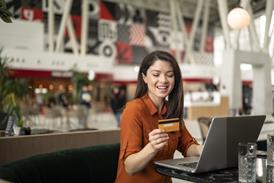



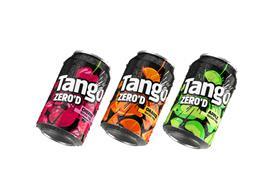
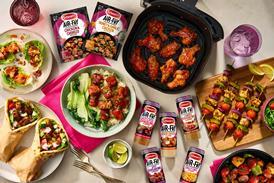
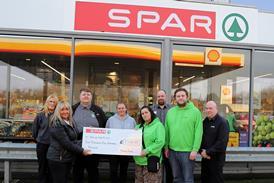
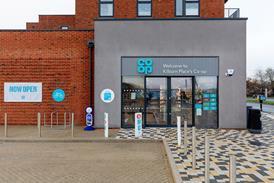







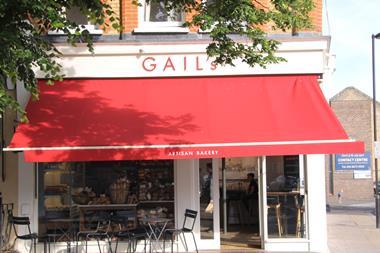
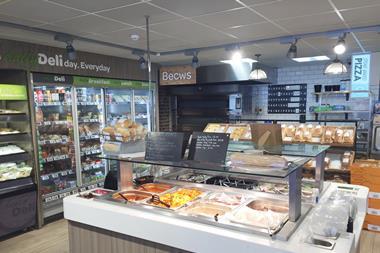
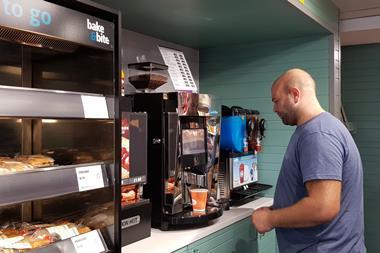
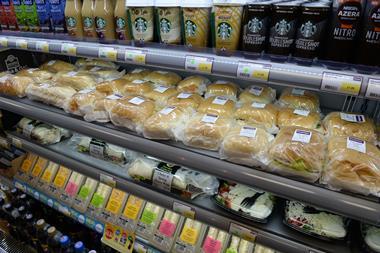
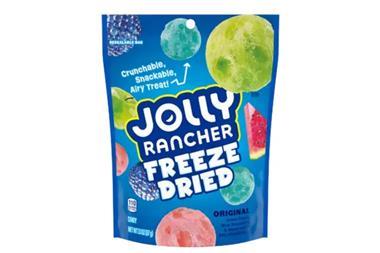
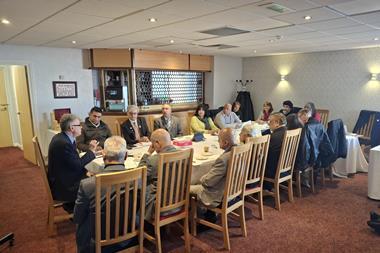



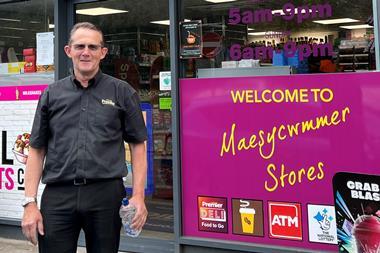
No comments yet